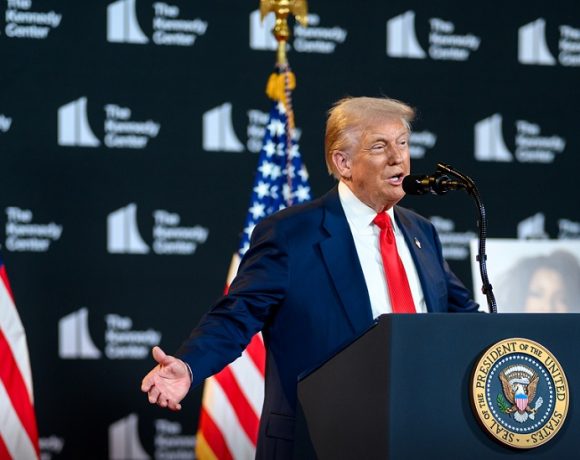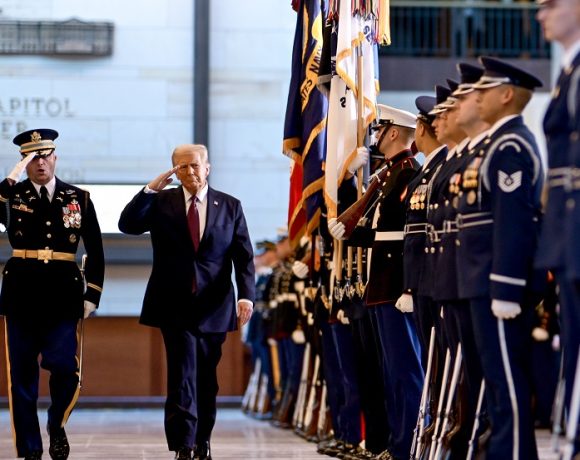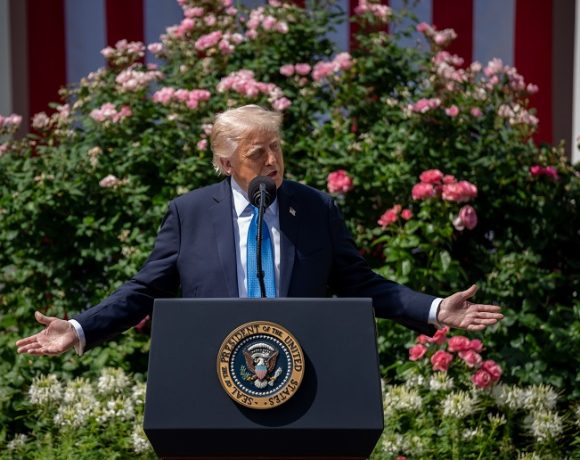
India Halts ₹5,000 Crore Rail Projects in Bangladesh, Eyes Alternatives via Nepal and Bhutan
India has reportedly suspended railway infrastructure projects worth ₹5,000 crore in Bangladesh amid rising political unrest and concerns over the safety of Indian workers involved in on-ground construction. The decision marks a significant shift in New Delhi’s regional connectivity strategy, particularly concerning its Northeast corridor.
The halted projects include the high-profile Akhaura–Agartala cross-border rail link, the Khulna–Mongla Port rail line, and the Dhaka–Tongi–Joydebpur rail expansion. These projects were originally conceived to enhance logistical efficiency between mainland India and the Northeastern states by using Bangladesh as a transit route.
However, due to growing instability and security concerns in Bangladesh, Indian authorities are reassessing the viability of continuing these engagements. The government is now actively exploring alternative land corridors through Nepal and Bhutan as part of a new strategic connectivity blueprint for the northeastern region.
Strategic Shift to Nepal and Bhutan
India’s evolving strategy seeks to diversify regional rail and road links to reduce dependence on any single country. The renewed focus on Nepal and Bhutan as potential partners comes with its own logistical and diplomatic complexities but offers more control and potentially safer transit routes.
Efforts are already underway to identify and upgrade existing lines in Uttar Pradesh and Bihar that feed into the Siliguri Corridor—often referred to as India’s “Chicken’s Neck.” This narrow strip of land connects the rest of India to the Northeast and has been a focal point in defense and transport planning.
New infrastructure initiatives through Nepal and Bhutan could offer redundancy to the vulnerable Siliguri axis and complement existing road networks being built under India’s Act East Policy.
Security and Economic Implications
The suspension of projects in Bangladesh carries both strategic and economic implications. On one hand, it signals a recalibration of India’s diplomatic priorities in South Asia. On the other, it may slow down timelines for seamless trade and military mobility in and out of the Northeast.
Bangladesh remains an important partner for India, but recent developments appear to have pushed New Delhi to hedge its bets. The shift toward Nepal and Bhutan underscores India’s intent to build secure and diversified access routes that are resilient to regional political turbulence.
As work on internal capacity building continues, India’s next phase of regional rail diplomacy could be defined by strategic flexibility, multisectoral collaboration, and enhanced resilience against geopolitical disruptions.


















